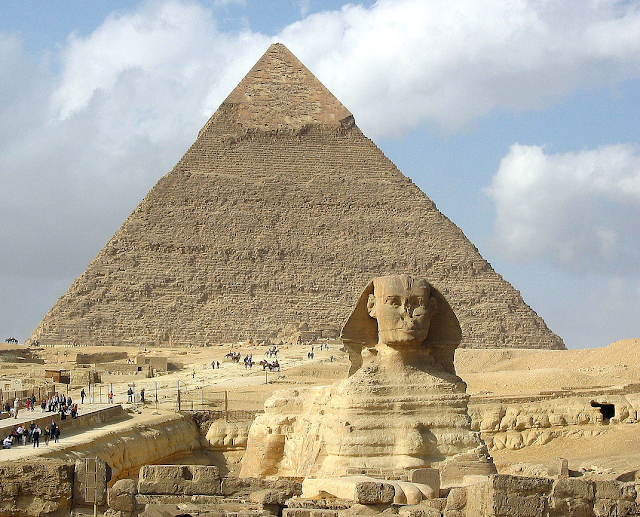Pillar 43 - the Horus Stone? Left: Pillar 43 from Gobekli Tepe (courtesy of Alistair Coombs). Right: wine? jar recovered from the Scorpion King's grave, Cemetery U-j, Abydos, by Gunther Dreyer (Director of the German Archaeological Institute in Egypt), image from Wikipedia. I discuss the Scorpion King in 'Prehistory Decoded' as I quickly trace the pre-history of Ancient Egypt back to its supposed origins around 6000 BC - just after the 8.2 kiloyear event. He is thought to be involved, somehow, in the unification of Egypt, circa 3200 BC. But it is not clear whether there actually was any king named Scorpion, or what role he played in Egypt's history, or exactly when he lived. Evidence for his existence is mainly interpreted from inscriptions on a variety of recovered objects that involve a falcon, or Horus, symbol above a scorpion symbol. In Egyptian hieroglyphics the Horus (falcon) symbol often precedes the name of a king, or pharaoh, which is why this




